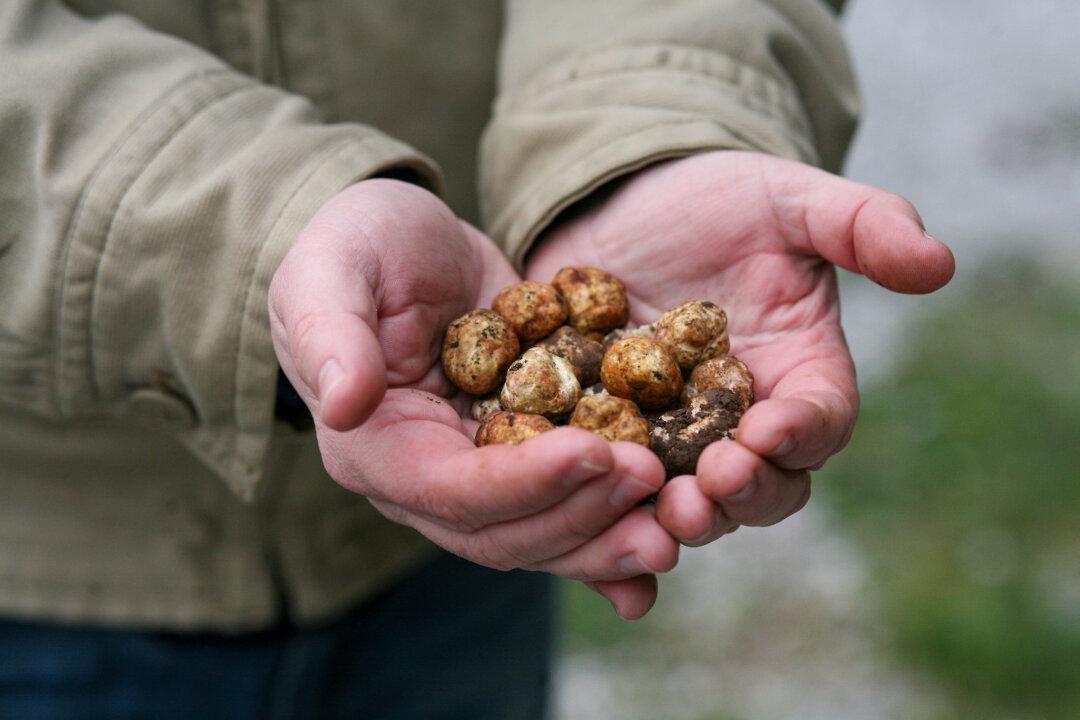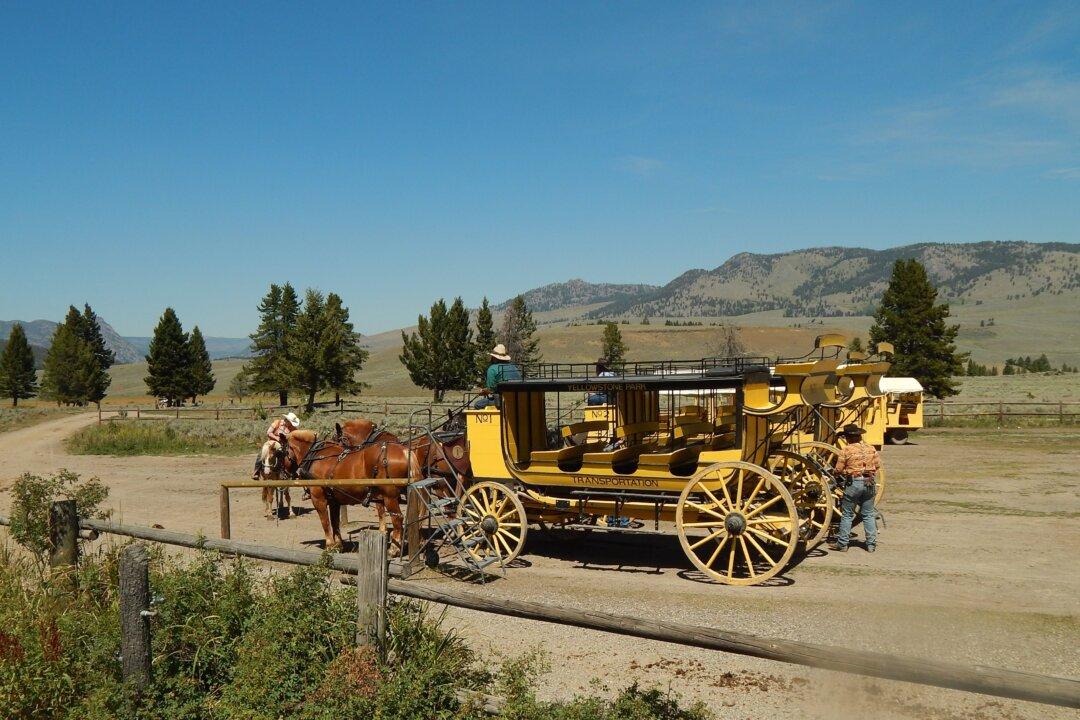One way to immerse yourself in local culture is by discovering the region’s seasonal delights. Through food and heritage, we gain a closer look at the area, its flavors, and its people. In West Virginia, the wild ramp is particularly celebrated.
While foraging was a necessity in times past, many now enjoy the art of foraging and hunting for seasonal foods to use in cooking. With a limited availability, many preserve the wild ramps so they can be eaten year-round. Others consume the delectables while they’re in season. Part of the allure may be its seasonality, but there’s also the sport of foraging, and the ramp’s distinctive, powerful flavor.
The North American species, found in mountainous areas from Canada to the eastern United States, grows for a brief period in early spring. Ramps have a taste similar to, but much stronger than, a cross between onion and garlic.
A Forager’s Delight
Wild ramps are a delicacy for a few reasons. With such a short growing season, the ramp is in demand when it grows in the spring; many in West Virginia drive down roads with a spotter who can identify the first growth of its distinctive green leaves. As the foraged version has a deeper flavor than those cultivated commercially, the wild version is the preferred choice for most. After a long winter, the first shoots of the wild ramp were an opportunity for early settlers to enjoy fresh vegetables again. Throughout history, people living in the Appalachians considered it a spring tonic, seeking it out for medicinal purposes. Since the wild ramp is an indicator of spring in Appalachia, many festivals celebrate its arrival.





